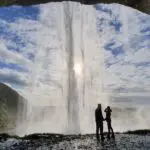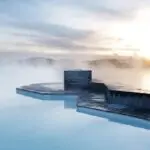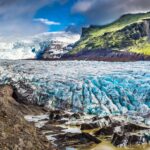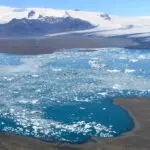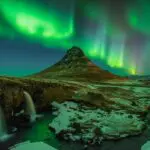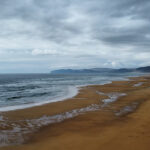In this Grandi Travel Guide you will learn all the most important facts about this interesting place. Just off Reykjavík’s city centre lies the charming old harbour area called Grandi. Initially, it was just a sandy connection between Reykjavík and Örfirisey Island. However, it has evolved significantly over the years. It was an industrial hub housing fish processing plants and shipyards for decades. But with the construction of the new Sundahöfn harbour, much of the industry relocated, leaving behind empty buildings in this bustling area, eagerly awaiting a new purpose.
The stage was set for the Renaissance of the old harbour. Soon, creative minds and entrepreneurs began to transform these spaces into exhibition venues, designer workshops, and startup incubators. Restaurants also popped up to cater to the growing community. Fast forward a few years, and the old harbour has become one of Reykjavík’s most vibrant neighbourhoods. While it still retains its maritime charm and echoes of the fishing industry, the area now boasts a burgeoning array of museums, trendy restaurants, and artisan workshops, establishing Grandi as a premier destination in the city.
The Artistic Heart of Grandi
The old harbour district is a hub for art and creativity. The area’s buildings and streets are adorned with striking street art murals, making it a visual delight. You can also find outdoor art installations, such as Ólöf Nordal’s Þúfan (The Hillock), which add to the charm of the area. Additionally, the old harbour houses numerous artists’ workshops, the Reykjavík School of Visual Arts, and a remarkable landmark, The Marshall House. For those who want a more immersive experience, you can go to Noztra, where you can paint ceramics.
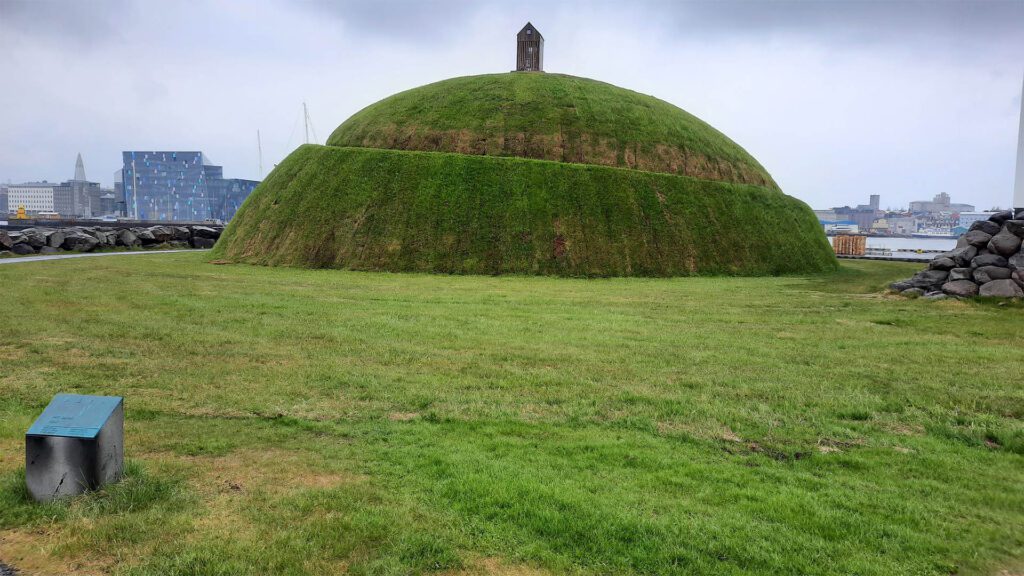
Built in 1948 as a herring factory, The Marshall House is one of the most beautiful historic buildings in the old harbour. It has experienced a vibrant revival and now houses The Living Art Museum, Kling & Bang Gallery, Ólafur Elíasson’s studio, and a restaurant. The perfect way to end your visit is by savouring Icelandic seafood while admiring artworks through large windows overlooking the harbour. The building’s namesake, George Marshall, was an American general whose post-World War II plan significantly contributed to Iceland’s economic growth in the 1940s and 1950s.
The old harbour also boasts of historical and natural museums besides art museums and galleries. The Reykjavík Maritime Museum is a perfect fit for the area, immersing visitors in the captivating history of Icelandic fishermen who have braved the open ocean for centuries. The museum is fittingly located in an old fish freezer house. Visitors can even explore Óðinn, a former Icelandic Coast Guard vessel from the 1950s, which played a crucial role in Iceland’s sea rights dispute with the UK. Other museums in the area include an exhibition on the northern lights, the Whales of Iceland featuring life-size whale models, the Saga Museum, FlyOver Iceland, and Aurora Reykjavik – The Northern Lights Center.
Gastronomic Gems of Grandi
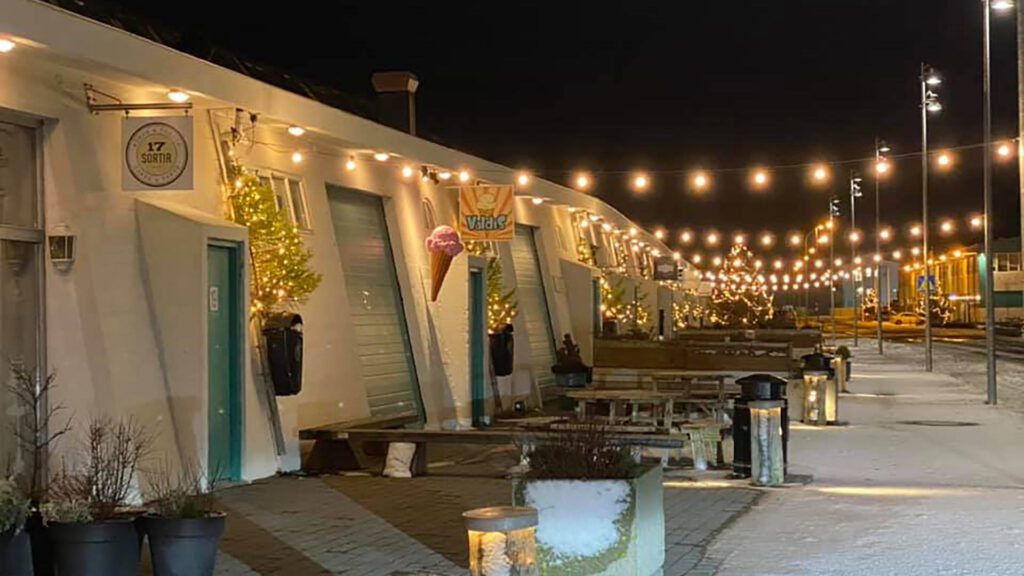
Reykjavík’s culinary scene has flourished recently, especially in the old harbour area, now a hub for gastronomic delights. The Grandi Food Hall is situated in this area and is renowned for its diverse range of eateries. Some of the popular restaurants in this area include Flatey Pizza, which offers artisanal slices; La Primavera, situated in the iconic Marshall House; Valdís, an ice cream parlour beloved by locals; Kaffivagninn, which is one of Reykjavik’s oldest coffee houses, and Omnom, which offers a unique chocolate experience.
Artisan Boutiques and Specialty Stores in Reykjavík
As you stroll through the rich blend of culture and cuisine that characterizes Grandi, you’ll encounter a plethora of small workshops and charming boutiques. This area is the thriving hub of creativity in Reykjavik, hosting designer workshops such as Kiosk, Farmers Market, and Hlín Reykdal, among others. Those with a sweet tooth will be thrilled to visit Omnom, a local chocolatier. At the same time, Kjötkompaníið caters to those seeking premium-quality butchered meats. Beer enthusiasts can head to Lady Brewery and Bjórland, a speciality store featuring exclusively Icelandic beers.
The Historical Journey of Örfirisey and Grandi
As a part of this Grandi Travel Guide, we cannot leave out the history of the place. Legend holds that Ingólfur Arnarson, the first settler of Iceland, saw his high seat pillars make landfall on Örfirisey. Despite this sign, Arnarson chose to settle in what is now Reykjavík, overlooking the small island. Örfirisey, a grassy and fertile land, was part of the Kollafjörður archipelago alongside Akurey, Engey, Viðey, Þerney, and Lundey. While most of these islands were inhabited at some point, Akurey and Lundey remained exceptions. Örfirisey’s unique feature was its isthmus, requiring careful navigation of the tides for access. This changed in 1913 with the construction of Grandagarður, which filled in the isthmus and made the island readily accessible.
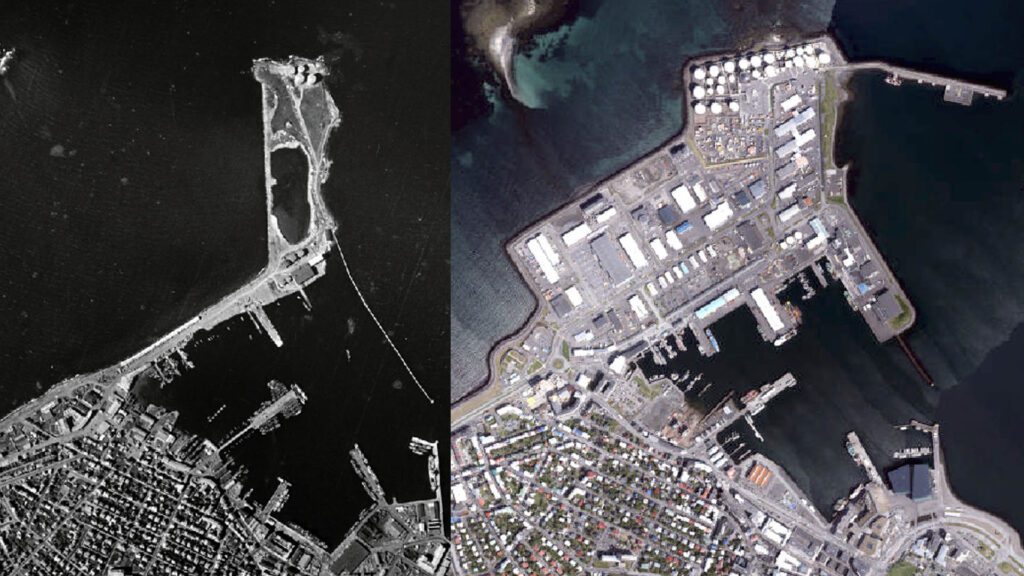
Historically, Örfirisey played a crucial role in Reykjavík’s development. It was the main trading port until the 18th century when Skúli Magnússon, often called the “Father of Reykjavík,” initiated the New Enterprises. His decision to establish factories in downtown Reykjavík marked the beginning of the city’s transformation into Iceland’s capital.
The Tiny Land of Reykjavik
Örfirisey’s Hólmskaupstaður was a significant trading post during the Danish monopoly trade era in Iceland from 1602 to 1787. It covered a vast area from Arnarnes to Hvítá in Borgafjörður. The 1703 census recorded it as the second-largest market town in Iceland, with a population exceeding 4,000. The trade store of Hólmskaupstaður was eventually moved to Reykjavík between 1779 and 1780. Following establishing Reykjavík as a market town in 1786, the king allocated ample land for its expansion. At that time, Reykjavík was a modest settlement stretching from Grjótaþorpið to the Lækur stream and from Arnarhóll to the seafront.
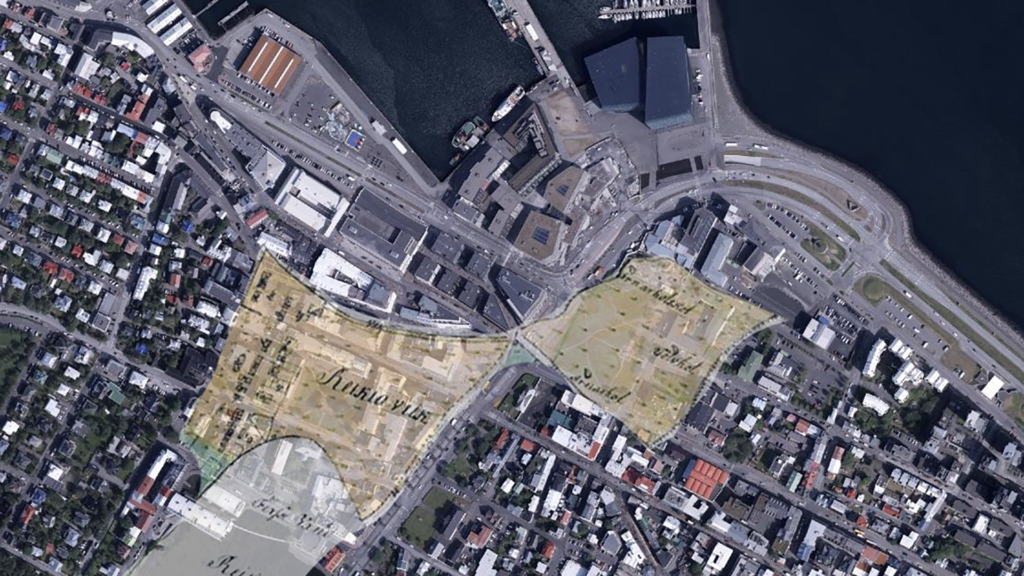
Fast forward to 2007, a pivotal year for Grandi, the area around the old harbour. The decision to repurpose the vacant fishermen’s huts into shops, studios, and spaces for artists sparked a remarkable transformation. This initiative breathed new life into the area, becoming a vibrant hub teeming with creativity, museums, and artisanal craftsmanship, much beloved by locals and visitors alike.
We hope this Grandi Travel Guide has been helpful for your Grandi visit.

